Syracuse, New York.
Last week, the purpose of my first visit to New York state was revealed. It was to be four days of flying behind an Unmanned Aerial Vehicle (UAV). As it turned out, we arrived in town on Sunday afternoon, flew on Monday, but at the end of the day, the prognosis for flying on Tuesday didn’t look so great, weatherwise. A couple of days of bad weather, snow, and low clouds grounded us on Wednesday as well. We flew again on Thursday and headed home on Friday. To fill some of the empty hours in Syracuse, one of my CAP colleagues and I decided to visit the Erie Canal Museum in downtown Syracuse.
The museum building is historic. Looking west on Erie Boulevard from just north of the museum, the highway was at one time part of the Erie Canal. Eventually rerouted, the canal disappeared from downtown Syracuse and was replaced by a roadway. Along the way on the canal, a series of buildings called Weighlocks were similar in design to truck weigh stations on the Interstates. Boats that used the canal had their empty weights registered. A boat would pull into a weighlock, get weighed with its load and charged a fee for the amount of cargo determined by subtracting the boat’s empty weight.
Inside the weighlock, a mock canal boat allows visitors to the museum to see what life was like on the canal. Visitors can see how the weighlock worked and board the boat to see how one might be typically furnished and what products might be shipped on the canal. The building, built around 1850, is the last remaining weighlock, preserved for its historic value.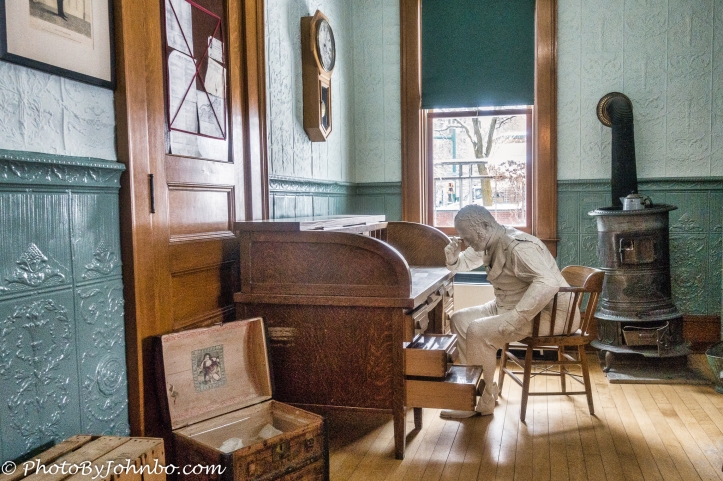
Statues like the one in the Lockkeeper’s office and the boy fishing on top of the canal boat depict life at the time and add a human element to the static displays. The first floor of the museum features the history of the canal from construction to modern day canal use. It’s a large exhibit and it includes “hands-on” interactive displays for kids of all ages to learn the mechanics and engineering of the canal’s construction. The image below features two such displays to help visitors understand the canal’s design.
Dewitt Clinton, Mayor of New York City, in 1808 traveled to Washington DC looking for federal funding to build his economic marvel. When funding was not forthcoming, he and the Governor of New York went to the New York State Legislature for funding. They were successful in gaining the financial support and on July 4, 1817, construction began.
The canal originally consisted of 18 aqueducts and 83 locks. Over the years, it was lengthened, widened and made deeper. I could go on at length in detail about those early days, but if you’re interested, you can find out more here.
Constructed in only eight years, the $7 million USD, in October 1825, then Governor of the state of New York, Dewitt Clinton traveled the canal from Buffalo to New York City on the first trip through his brainchild.
These days, the canal doesn’t carry much cargo. Tourists can take rides on the Erie Canal.
I never learned the story behind the mural on the building next door to the museum. It portrays the work that went on inside the building. It is a beautiful mural that is best viewed in person. The photo doesn’t do it justice. As is my recent practice, all of the images in this post are a higher resolution than previously uploaded. To view the gallery enlarged, most browsers will allow you to select an image to enlarge it and to scroll through the gallery.
John Steiner

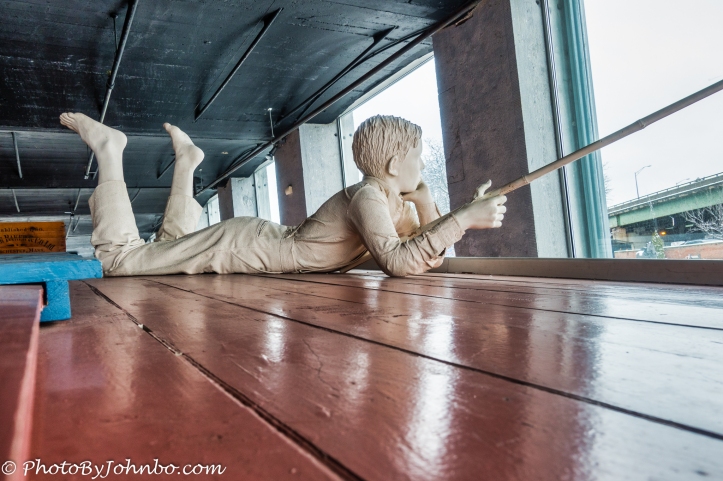
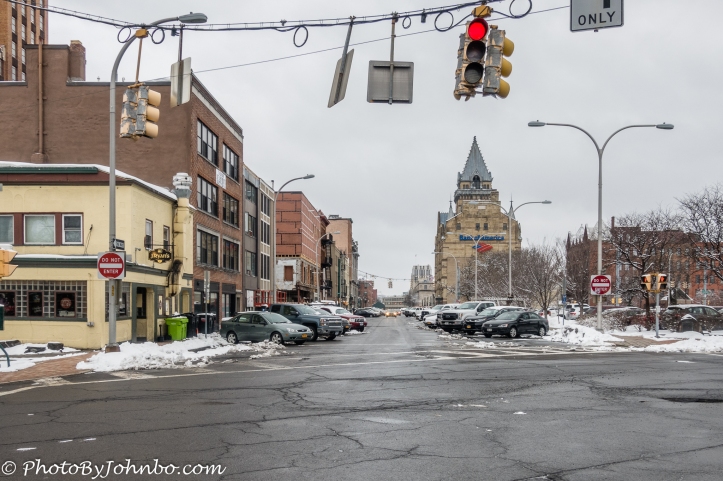
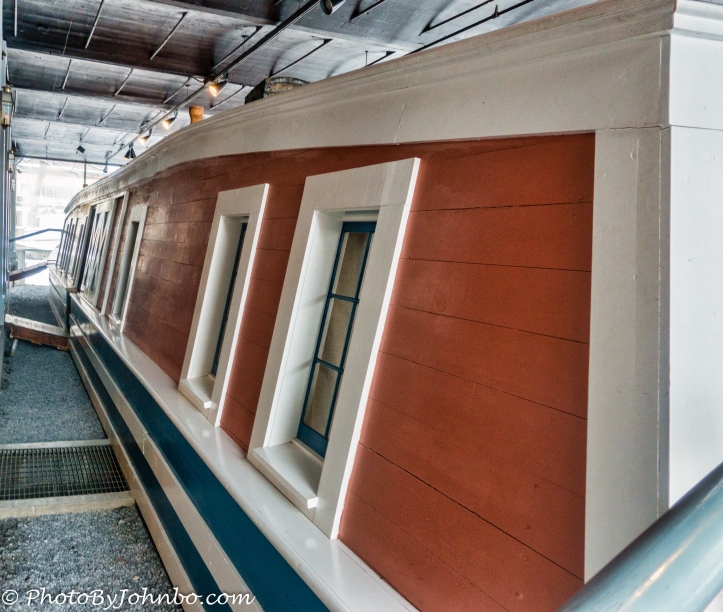


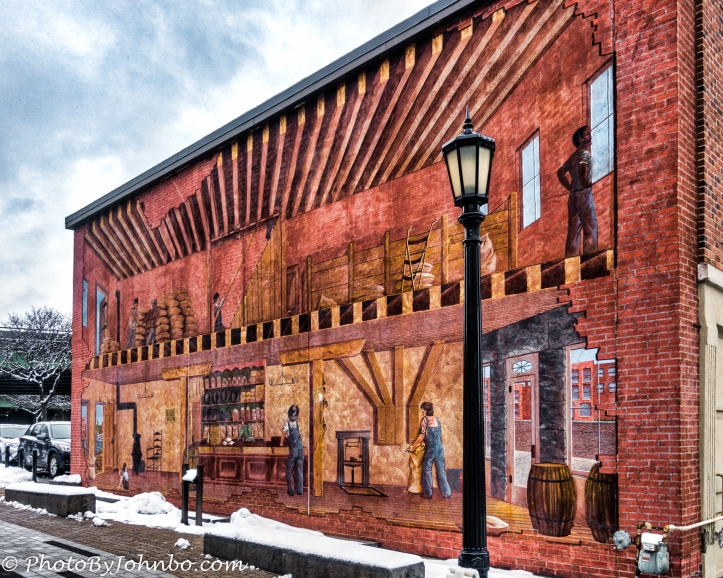















Syracuse owes it’s location entirely to the fact that there was salt there. It’s cool when they didn’t get fed funding they found a way to do it anyway… More cities should do more of that.
Yup. Initiative and one man’s dream.